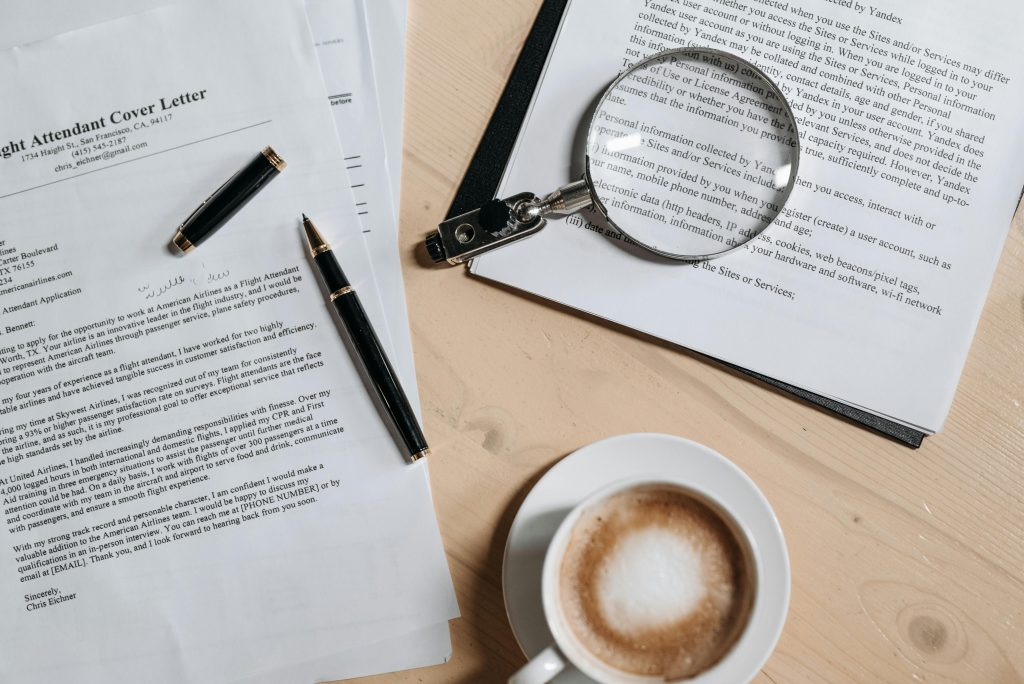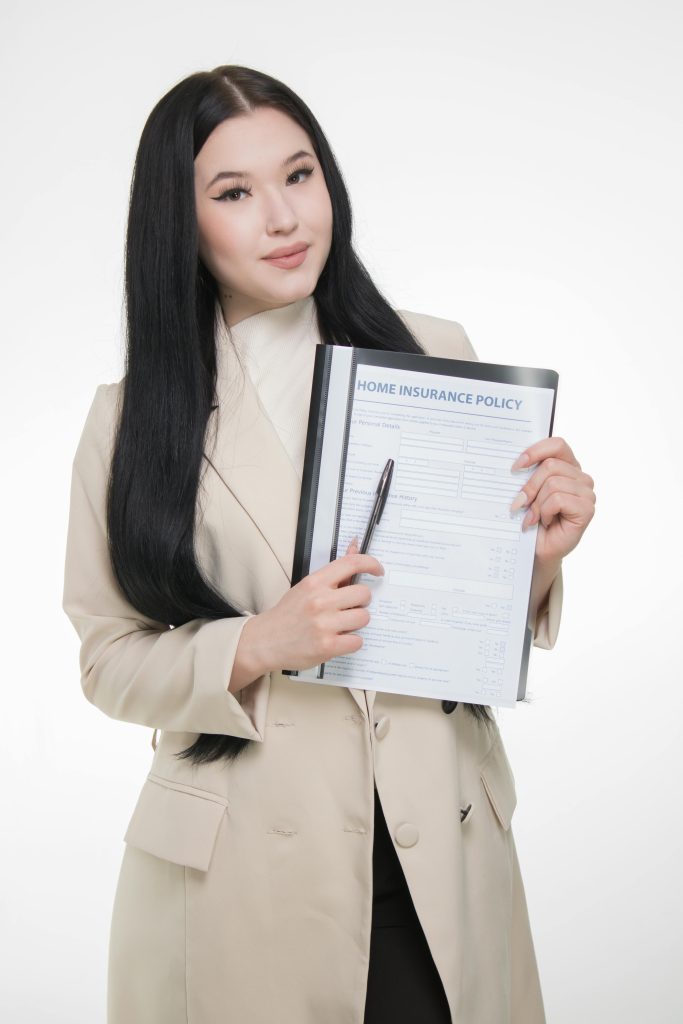A well-written and crisp cover letter can make or break your job application. Even the most qualified candidates get rejected because of simple mistakes that turn off recruiters. In 2025, hiring managers expect concise, engaging, and tailored cover letters—not generic, outdated ones. In this guide, we’ll uncover the most common cover letter mistakes, the best practices to follow, and how to craft a perfect cover letter that recruiters love.
The Most Common Cover Letter Mistakes (And How to Fix Them)
Your cover letter should highlight why you are an excellent fit for the role. Unfortunately, many candidates unknowingly sabotage their chances by committing common mistakes that frustrate recruiters. Let’s explore these mistakes and how you can easily fix them.
Generic Cover Letters – Why They Get Ignored
Job seekers commit one of the biggest mistakes, which is using the same old cover letter for every job application. Recruiters spot generic cover letters immediately, as they lack personalization, enthusiasm, and relevance to the specific job role. Sending a one-size-fits-all letter signals that you haven’t genuinely invested time or effort into the application.
Recruiters in 2025 use advanced AI-powered Applicant Tracking Systems (ATS) that swiftly identify repetitive, templated content. Consequently, your application could get instantly discarded before it even reaches a human recruiter.
How to fix it:
You must customize each cover letter to a particular job posting. Mention company-specific details, highlight relevant experiences tailored to the role, and show genuine interest by addressing the company’s unique challenges or values. Even slight personalization dramatically improves your chances.
Overused Phrases That Sound Cliché (And What to Say Instead)
Many cover letters start with dull and generic openings like, “I am writing to apply for…” or include clichés such as “I am the perfect candidate for this job.” These overused phrases have lost their impact and bore recruiters, making your letter blend into a pile of identical applications.
Instead of:
“I am writing to apply for the sales manager position.”
Say something compelling like:
“Having successfully increased my previous company’s sales revenue by 25% in one year, I’m excited about the opportunity to bring similar growth to your team.”
Avoid buzzwords like “team player,” “results-oriented,” and “hard worker.” These words fail to demonstrate your unique value and come across as generic filler content.
How to fix it:
Replace clichés with meaningful, specific examples of your achievements. Provide quantifiable results or personal stories that make your application authentic and compelling.
Cover Letter Best Practices – What Recruiters Actually Want
Once you know what mistakes to avoid, it’s time to learn best practices for creating a perfect cover letter that recruiters will appreciate. These practices help you stand out positively, showcasing your suitability clearly and concisely.
The Power of Personalization – Addressing the Hiring Manager
Personalization remains one of the simplest yet most powerful ways to instantly impress recruiters. Addressing your cover letter as per the specific job directly to the hiring manager shows that you’ve invested effort in researching the role and company. Recruiters in 2025 appreciate candidates who go the extra mile to understand who they’re communicating with.
Avoid generic salutations such as “Dear Hiring Manager” whenever possible. These openings create distance and show minimal effort.
How to fix it:
Use LinkedIn, company websites, or even company press releases to identify the hiring manager’s name. A personalised greeting like “Dear Ms. Thompson” immediately creates a positive impression, demonstrating both professionalism and genuine interest.
If you can’t find the name after thorough research, opt for a specific department or team reference, such as “Dear Marketing Team” or “Dear Product Development Manager.”
Formatting & Structure – The Perfect Cover Letter Layout
Recruiters review hundreds of cover letters daily, so an easy-to-read format dramatically boosts your chances. An excellent layout helps the recruiter quickly grasp your message and recognise your suitability for the role.
Font:
Choose clear, professional fonts like Arial, Calibri, or Times New Roman, sized between 11 and 12 points.
Spacing & margins:
You need to make sure that to keep at least 1-inch margins on all sides for clarity. Use a spacing of 1.15 for better readability.
Structure:
Organize your cover letter into concise paragraphs:
- Introduction (1 paragraph): A strong, personalised opening.
- Body (1-2 paragraphs): Match your skills and experiences directly to the job requirements with examples.
- Conclusion (1 paragraph): Restate your enthusiasm and confidently request an interview.
A well-formatted, clear, and concise cover letter will always impress recruiters.
FAQs (SEO-Optimized for Featured Snippets)
1. What are the biggest mistakes in cover letter writing?
The biggest mistakes include using generic templates, failing to personalise your letter, and repeating information already covered in your resume without adding value.
2. How can I make my cover letter stand out?
Craft a strong, personalised opening, highlight quantifiable achievements, and clearly align your skills with the job description to grab the recruiter’s attention.
3. Is a long cover letter bad?
Yes! Keep your cover letter concise—ideally between 250 to 400 words. Recruiters prefer clarity and brevity.
4. What should I avoid saying in a cover letter?
Avoid overused clichés such as “I am the perfect candidate.” Instead, demonstrate your value by providing specific, real-world examples or achievements.
5. Should I include salary expectations in a cover letter?
Only include salary expectations if explicitly requested by the employer. Otherwise, it’s best to discuss compensation during the interview stage.
6. Can a bad cover letter hurt my chances of getting hired?
Absolutely! A poorly written, generic, or improperly formatted cover letter often results in immediate rejection, regardless of your qualifications.
Conclusion
Writing a perfect cover letter in 2025 requires careful consideration and intentional effort. Avoiding common mistakes like generic language, clichés, and poor formatting can significantly improve your odds of securing an interview.
Adopt best practices by personalising your letters, directly addressing the hiring manager, using engaging language, and structuring your content for maximum readability. Following these do’s and don’ts ensures your cover letter resonates positively with recruiters, helping you stand out among other candidates and move closer to landing your dream job.




